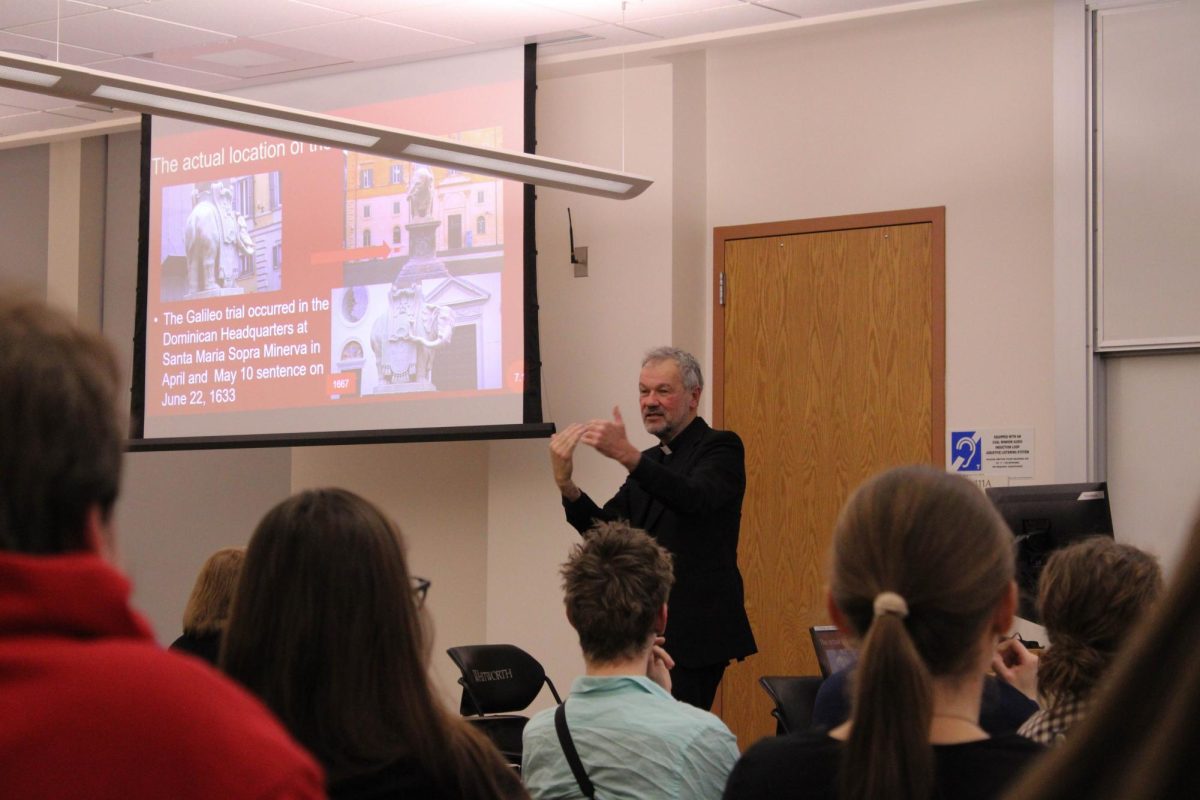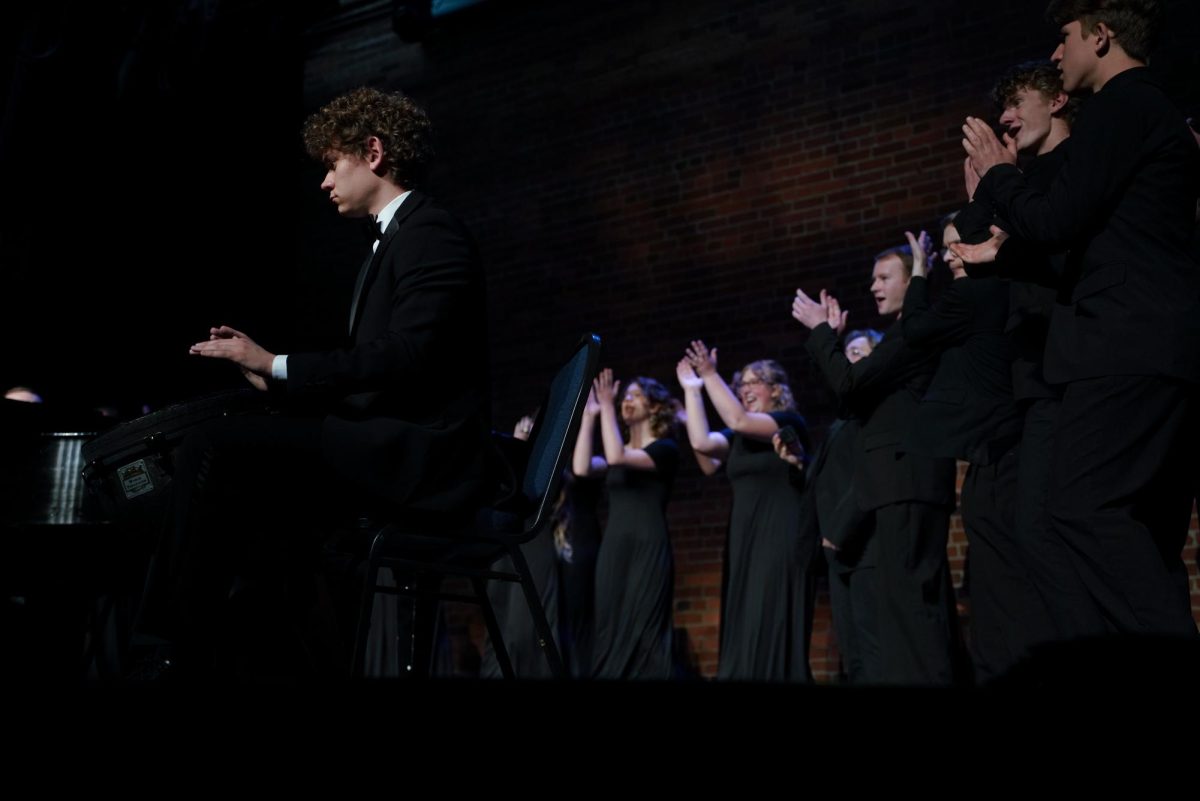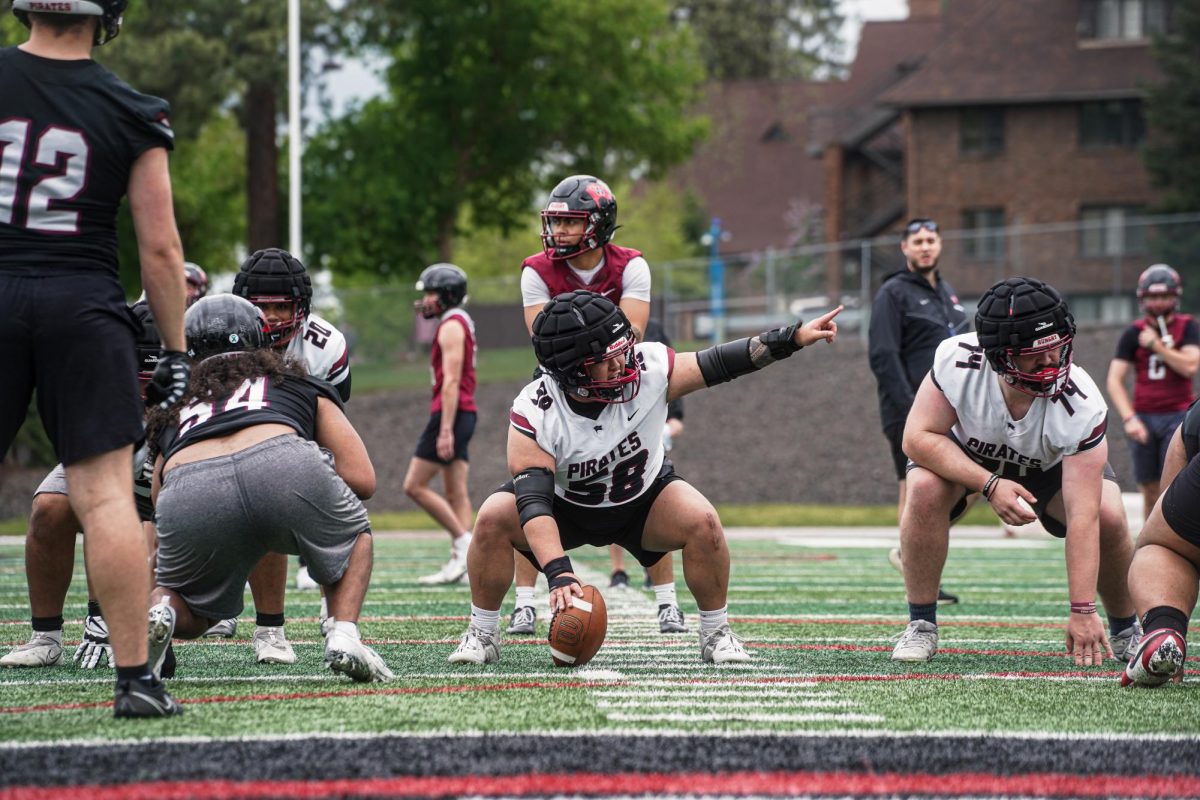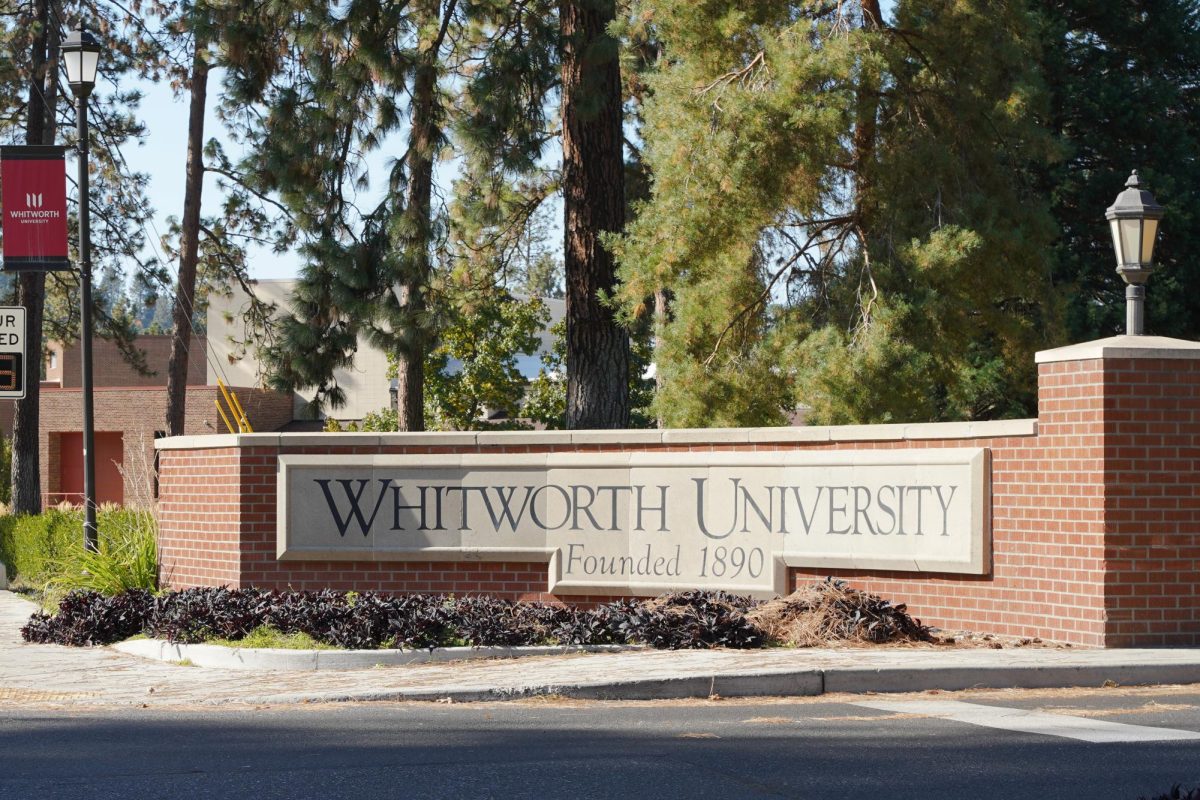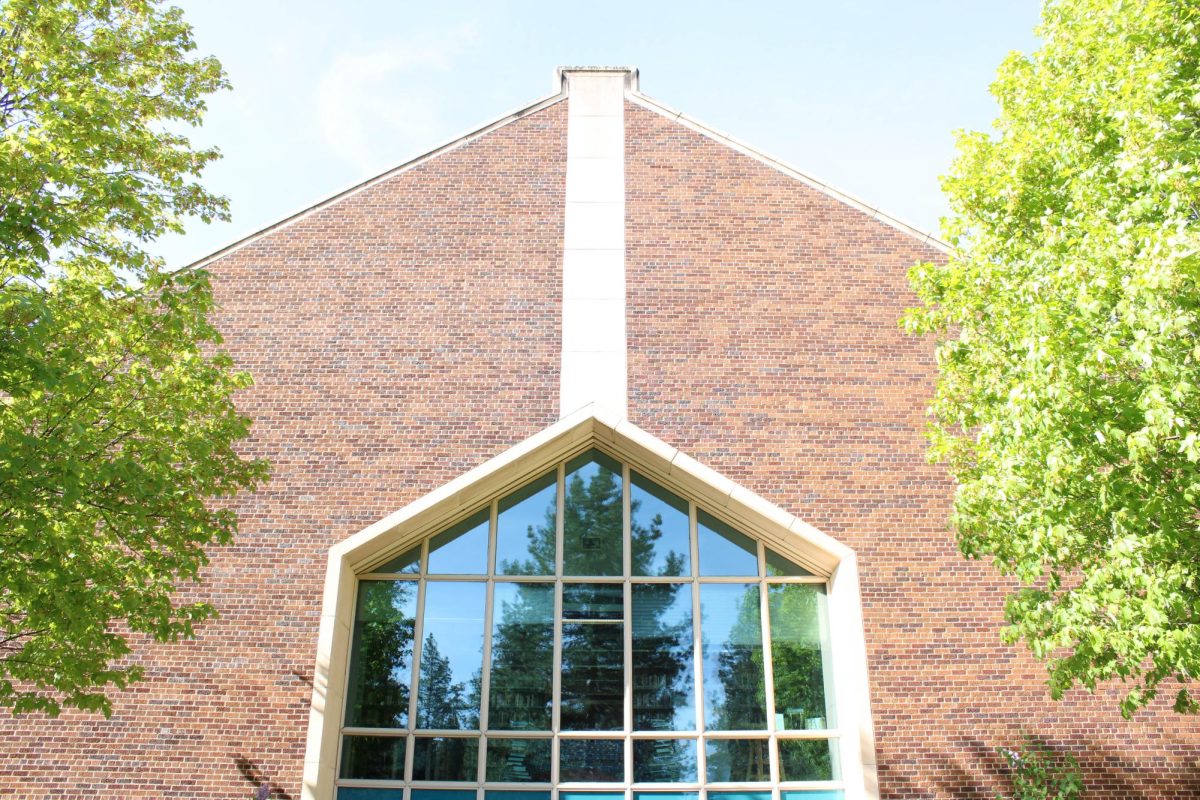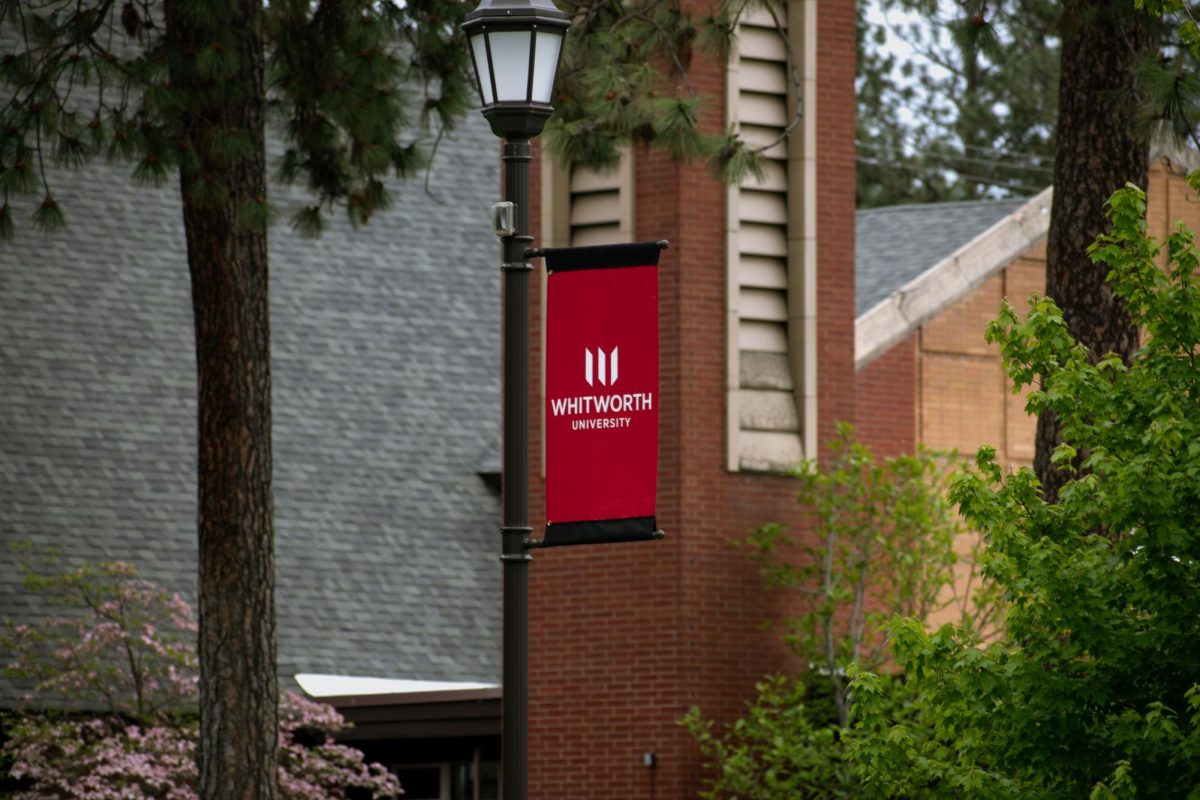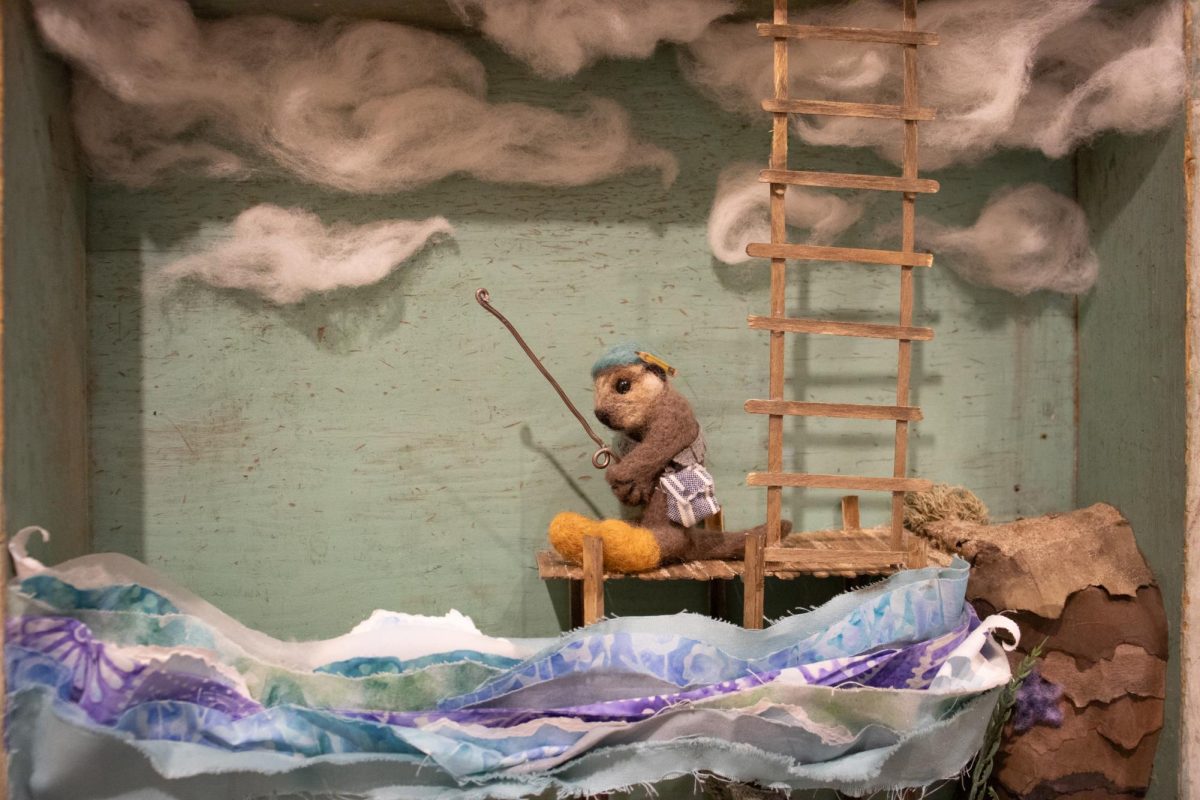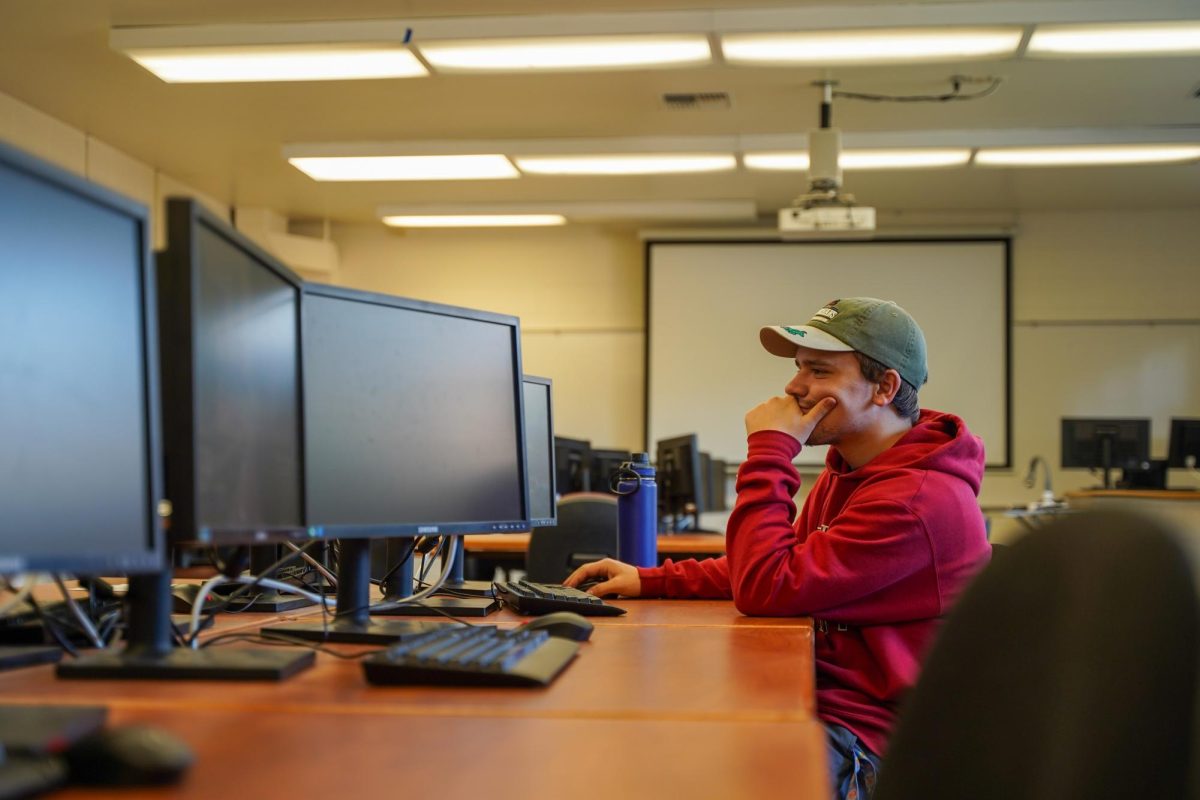The painting “Galileo Facing the Roman Inquisition,” painted by Cristiano Banti in 1857, depicts Galileo’s trial against the Catholic church. In the painting, Galileo is attempting to prove that Earth and other planets rotate around the sun, a revolutionary idea at that time.
Rev. Michael Maher S.J. suggested that this illustration paints a false picture, calling Galileo “one of the most misrepresented persons in American history.”
On April 3, Maher gave a lecture in Weyerhaeuser Hall, which aimed to untangle some of the misconceptions that people have about Galileo and his views on science and Christianity.
Maher said the common story for Galileo goes like this: That Galileo “put his liberty and life on the line” to challenge the Catholic church that the earth and other planets revolved around the sun. In addition, he suggests that Galileo today is interpreted as a scientist who rejected the idea of answering questions about the world through scripture.
In reality, Maher said Galileo was just one of the many astronomers who were observing the sun and the planets during the 17th century. Contrary to what “The History Channel” may say, he was never a secular scientist who fought against the church and aligned himself with the rest of the astronomers. In fact, Galileo had disagreements with other astronomers of his time, such as Johannes Kepler and his laws of planetary motion and theories on how tides worked.
Maher suggested that Galileo’s story became a victim of the “Conflict Thesis,” which was essentially the period where 19th-century scientists and philosophers were questioning, critiquing and rejecting faith and scripture altogether. This philosophy allegedly seeped not only into today’s world but also into stories from the past.
Contrary to the culture of the 19th century, Galileo lived in a time when theology was seen as being intertwined with the material world, and science itself was something that the church pursued through observation. Maher said the point in bringing this up is that there were never two sides, it was never church versus science. In fact, there were multiple sides within the scientific community.
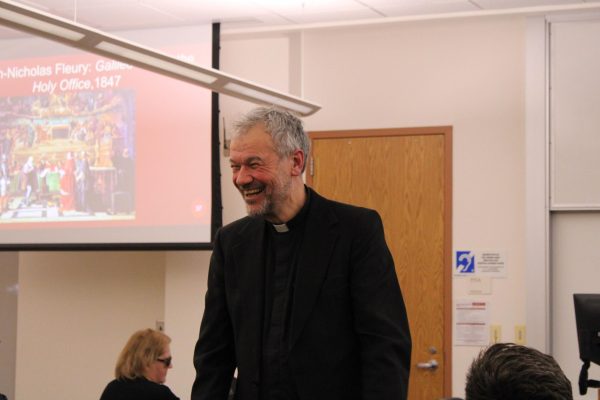
On answering Maher’s question, “Does the earth move or not move?” He said there was a large variety of different models that astrologists had at the time. Maher brought up Tycho Brahe, whose solar model was based on his observations, not scripture. However, it differed from the Copernican model, which suggested that all the planets moved around the sun.
How correct then was this 19th-century illustration of Galileo? According to Maher’s lecture, it wasn’t accurate. The trial began because Galileo wrote a book that included a quote from Pope Urban VIII. This quote made him appear foolish, which resulted in the Pope commanding the book to be halted and having a trial begin. Galileo was then asked to merely present his perspective of the Copernican system, according to Maher.
Maher also added that the real location of the trial was outdoors, specifically right outside the Dominican Headquarters at Santa Maria Sopra Minerva. While this may sound trivial, Maher wanted to illustrate that such a painting reflected the inaccuracies that most people have when they think about who Galileo was and what he stood for.
Jon Benoit, one of the student attendees, said he learned quite a bit about who Galileo and other astronomers were, and what kind of discoveries they were making in the 17th century. “I wasn’t aware of a lot of details [about] these guys. I did not realize that Galileo did not believe in comets, and I didn’t realize that Kepler had produced his theory by this point; I thought he came along a bit later,” he said. Benoit also appeared to enjoy Maher’s presentation style. “It’s nice to see a Jesuit that doesn’t read from a script […] This guy was a very dynamic speaker, very engaging, even comedic,” he added.
Aiden Bruno was also surprised to learn that the astronomers of the 17th century had different interpretations of how to see reality. “I was surprised to find out that Galileo, Kepler and Copernicus didn’t always see eye to eye on everything […] I haven’t spent much time studying history, but it was interesting to learn about.”
The moral of the story: Maher said that neither Galileo nor the church is the “villains,” rather, the “real villains” were the ones that turned this story into something it wasn’t. He hopes that people will continue to study history and understand its importance in preserving it.

